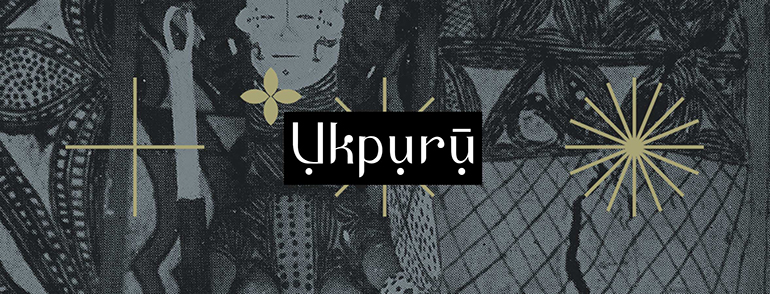 Photo: "The Calaba and Opobo people at the show, Lagos," 1909 postcard.
Photo: "The Calaba and Opobo people at the show, Lagos," 1909 postcard.
[Ikot Ishie, Calabar] was named after Ishie Offiong Okoho, an Igbo ex-slave of Chief Offiong Okoho of Archibong House in Duke Town[.] […] Oral tradition maintains that Ishie, an Igbo slave, was bought as a youth and grew up in his masters' household. He was adopted and acquired the name Offiong Okoho from his master, Chief Offiong Okoho. […] Having served his master faithfully, Ishie Offiong Okoho was manumitted and was allocated the whole expanse of land (consisting of Ikot Ishie area) to live and prosper on his own.
[Apparently, Ishie Offiong Okoho also became a wealthy trader during the slave trade era, obtaining his slaves from the interior of the Igbo area to his domain of Ikot Ishie.]
 Photo: "Government Hill from Duketown, Old Calabar," 1903 postcard.
Photo: "Government Hill from Duketown, Old Calabar," 1903 postcard.
Beside the present Bassey Duke, Bedwell, Chamley and Nelson Mandela axis, Ikot Ishie has the highest concentration of Igbo community in Calabar. [...] [N]inety percent of traders in the Ikot Ishie market are of Igbo extraction, and [speak] Efik [...] though they have not lost contact with their original homeland, the Igbo at Ikot Ishie have been, and will remain, part of Archibong House.[Edit: Chief Ishie Offiong Okoho apparently died in 1901 according to the recounting of the Ishie House's genealogy in a court case over land disputes in 2000 involving his descendants.]
– Winifred E. Akoda (2005). “The Socio-economic Impact of Stranger Communities in Calabar: A Study of the Igbo and Hausa Since 1900.” In: “History and Citizenship: Essays in Honour of Okon Edet Uya.” University of Calabar Press. pp. 160–161.
The forced human migration is a long and complicated history which can be attributed to the nature of slavery, more like indentured servitude, in the interior of the Bight of Biafra itself which, outside of Atlantic expulsion, resulted in the absorption of servants into a household resulting in a population today that is largely descended from a mixture of both masters and servants. (And this indentured servitude system seems to have survived in the form of houseboys and housegirls today.)

No comments:
Post a Comment